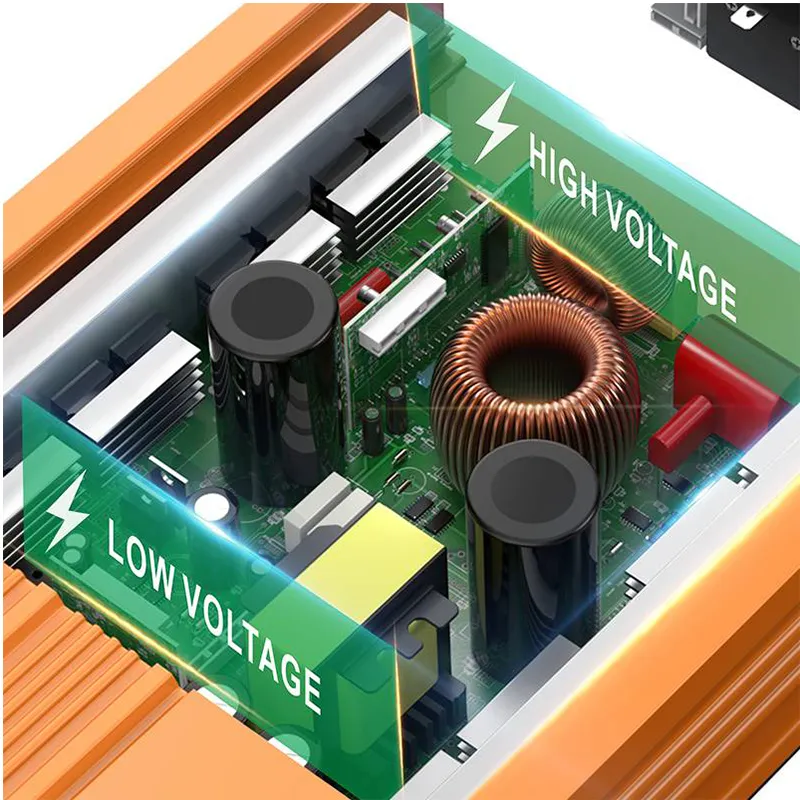solar cell
The Rise of Solar Cells Harnessing the Sun’s Power
In an era marked by increasing environmental concerns and the urgent need for sustainable energy solutions, solar cells have emerged as a beacon of hope. These devices, which convert sunlight directly into electricity, are at the forefront of the renewable energy revolution. As technology advances and the world shifts towards cleaner energy sources, solar cells offer an accessible and effective solution to our energy needs.
Solar cells, also known as photovoltaic (PV) cells, work on a straightforward principle they convert light energy from the sun into electrical energy. This process occurs through the photovoltaic effect, where absorbed photons excite electrons, leading to the generation of electric current. The most common type of solar cell is made from silicon, a material that is abundant and relatively inexpensive. However, advances in technology have also introduced other types, such as thin-film cells and multi-junction cells, which enhance efficiency and reduce production costs.
One of the most significant advantages of solar cells is their environmental impact. Unlike fossil fuels, solar energy is clean and renewable, significantly reducing greenhouse gas emissions. By harnessing the sun’s power, we can decrease our reliance on non-renewable resources that contribute to climate change and pollution. Moreover, solar cells have a relatively low ecological footprint when installed, especially when compared to traditional energy infrastructure.
solar cell

The economic benefits of solar cells are equally compelling. The cost of solar technology has plummeted over the past decade, making it increasingly affordable for both residential and commercial applications. Governments worldwide are incentivizing the adoption of solar energy through tax credits, rebates, and subsidies, further driving down costs. As a result, many households and businesses are turning to solar power, leading to long-term savings on energy bills and fostering energy independence.
However, the adoption of solar cells is not without challenges. The intermittency of solar energy—its dependency on weather conditions and time of day—requires advancements in energy storage solutions to ensure a consistent power supply. Battery technologies, like lithium-ion and emerging alternatives, are being developed to address this issue, allowing excess energy captured during sunny days to be stored and used during cloudy periods or at night.
In conclusion, solar cells represent a crucial component of our transition to a sustainable energy future. With their capacity to reduce emissions, lower energy costs, and provide energy independence, they are an essential tool in combating climate change. As innovations continue to enhance their efficiency and affordability, the widespread adoption of solar cells will play a pivotal role in creating a cleaner, more sustainable world. The sun’s energy is abundant and awaits its full potential to be harnessed, making solar cells not only a viable solution but a necessary one.
-
String Solar Inverter: The High-Efficiency Solution for Smart Solar EnergyNewsJul.14,2025
-
Revolutionizing Rooftop Energy with the Power of the Micro Solar InverterNewsJul.14,2025
-
Power Independence with Smart Off Grid Solar Inverter SolutionsNewsJul.14,2025
-
On Grid Solar Inverter: Powering the Future with Smart Grid IntegrationNewsJul.14,2025
-
Monocrystalline Solar Panels: High-Efficiency Power for the Future of Clean EnergyNewsJul.14,2025
-
Bifacial Solar Panel: A Smarter Investment for Next-Generation Energy SystemsNewsJul.14,2025







